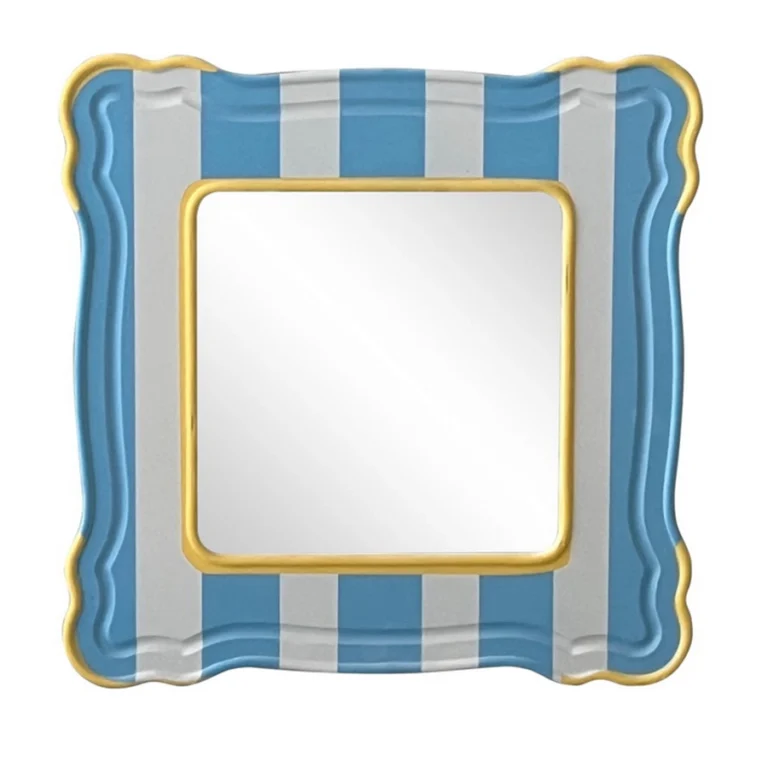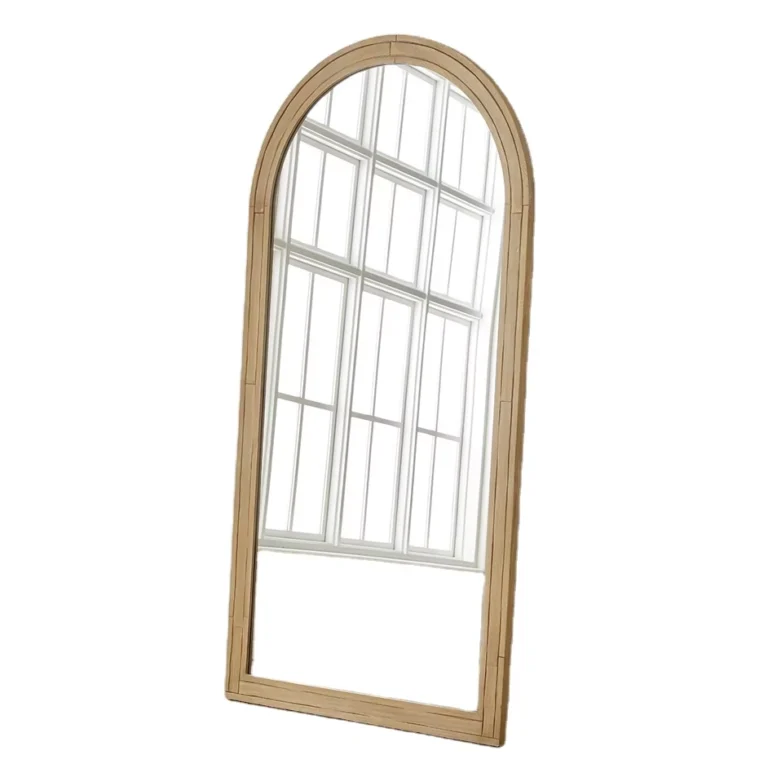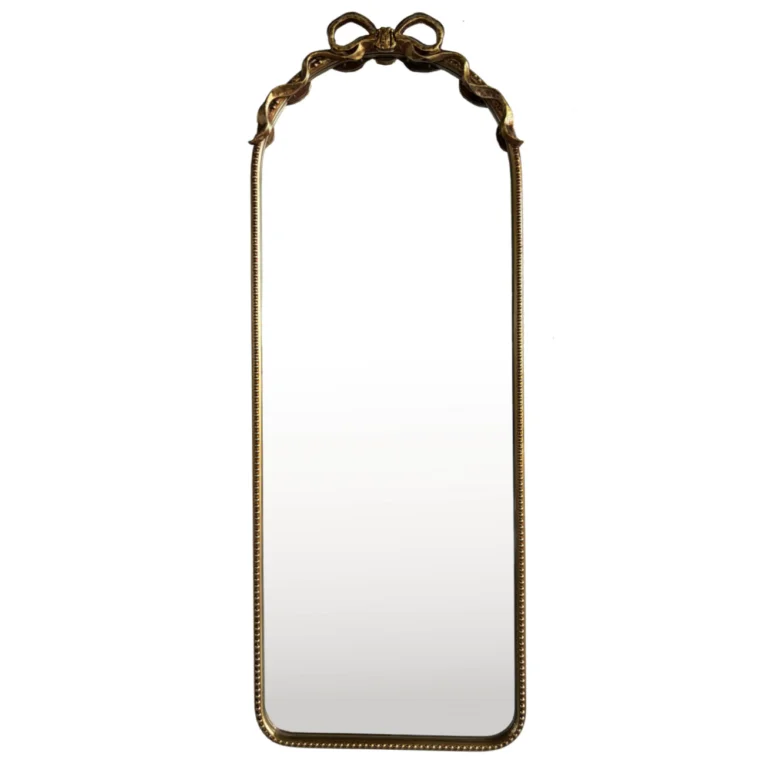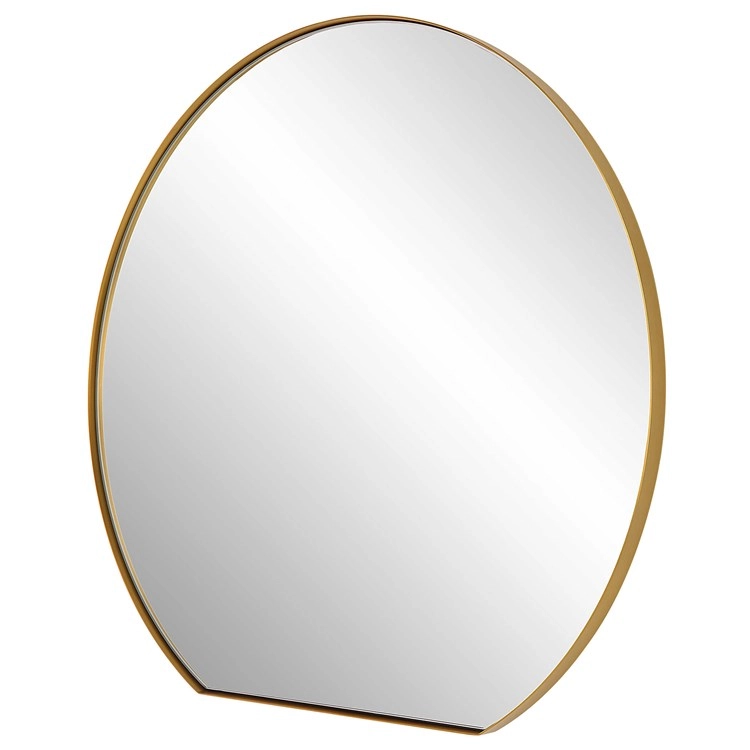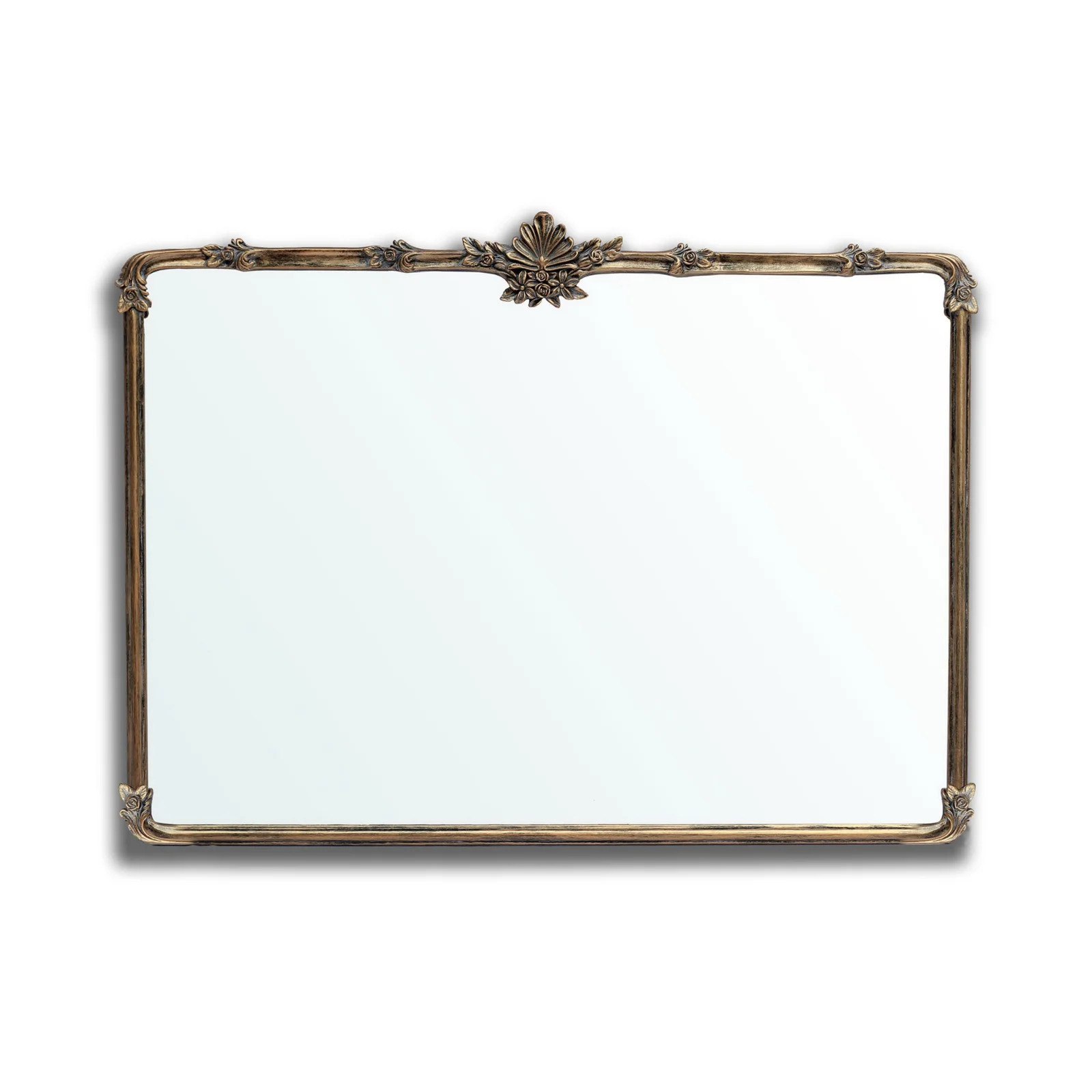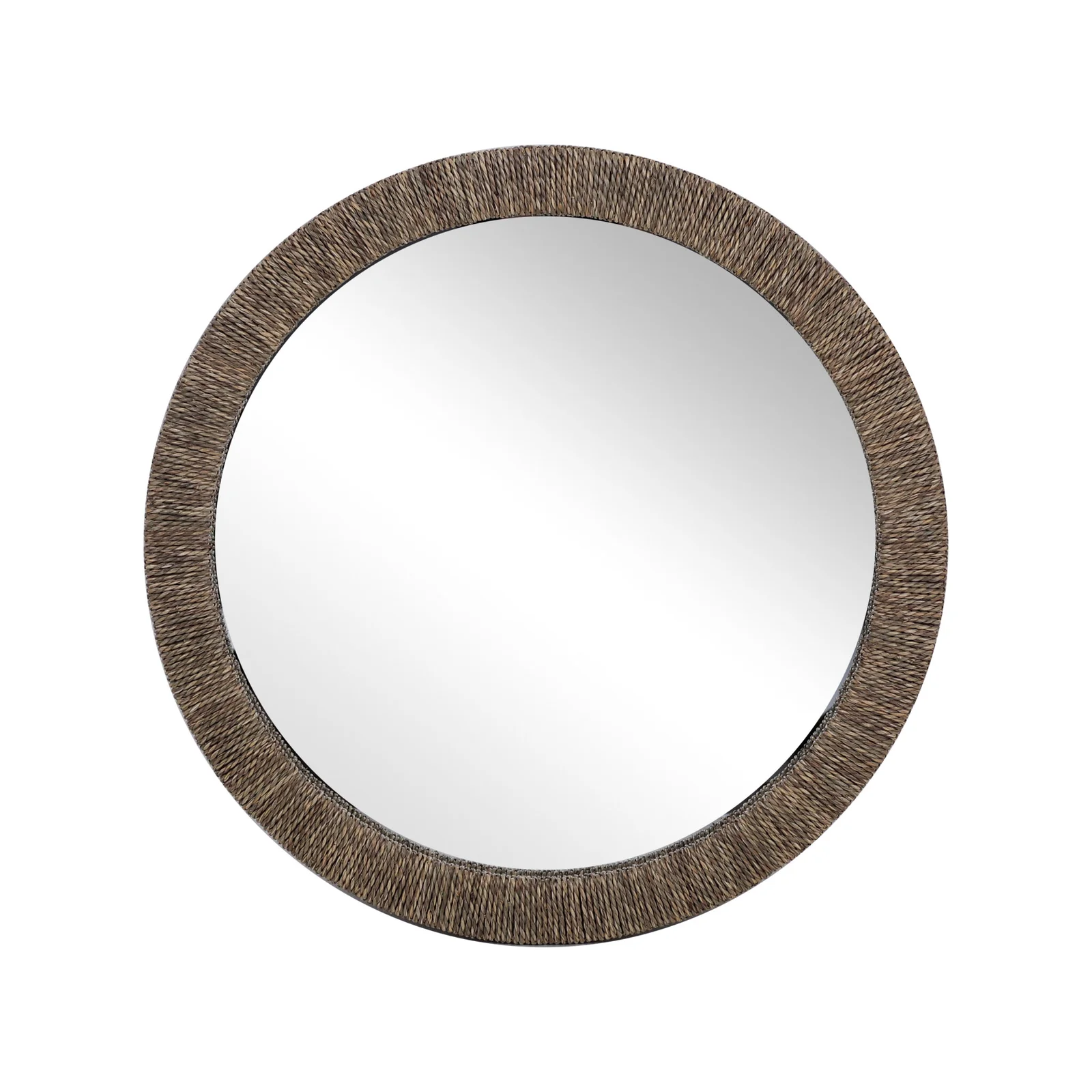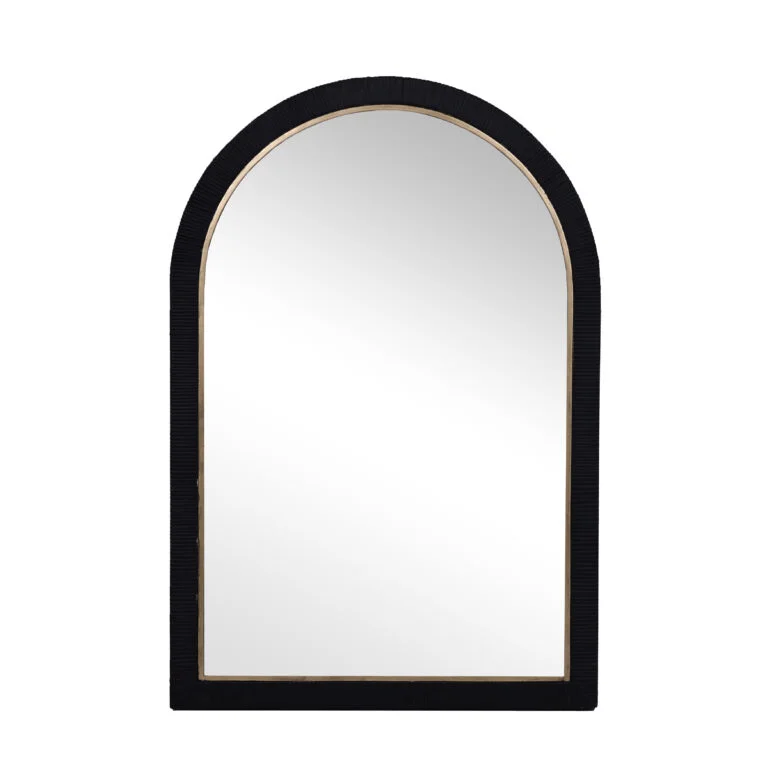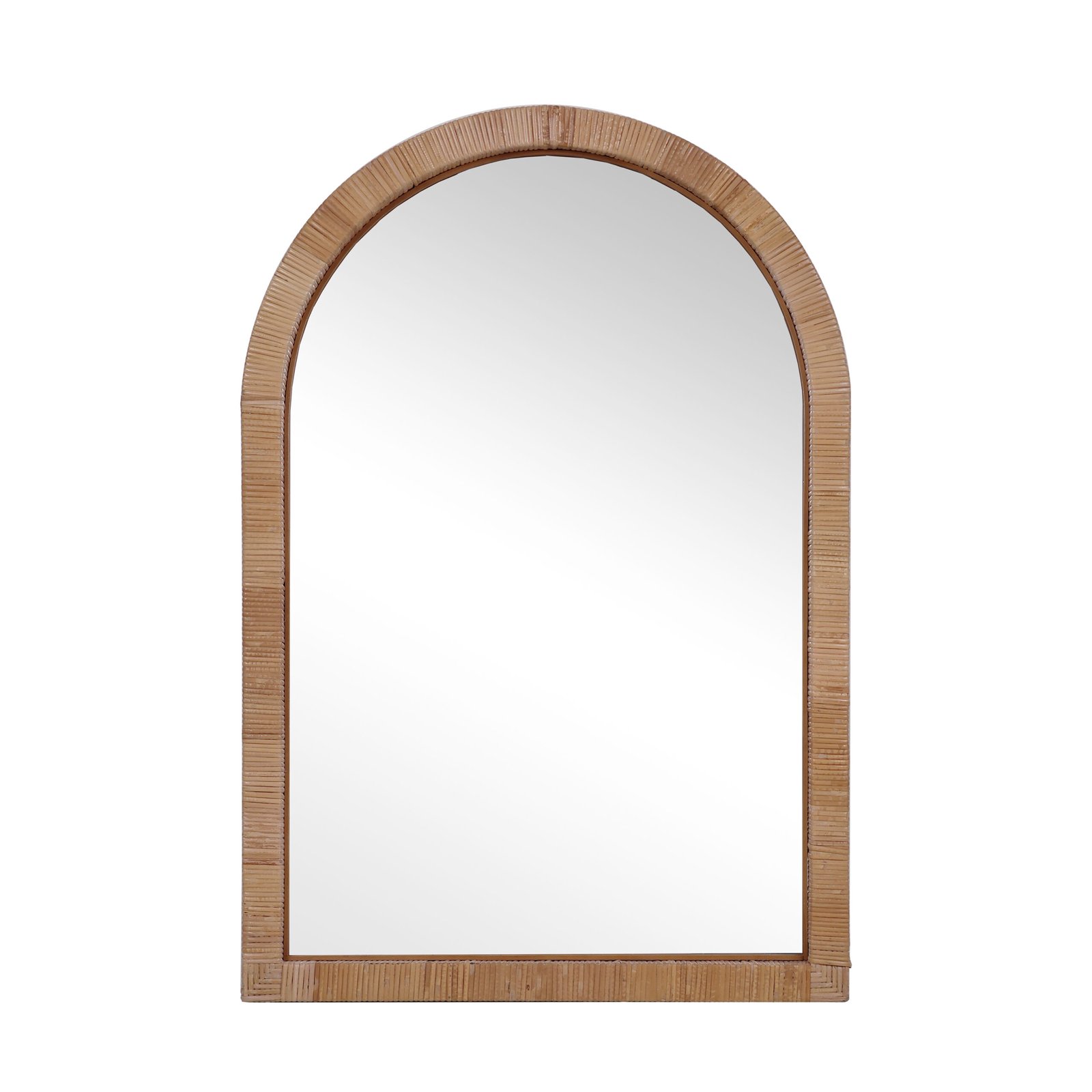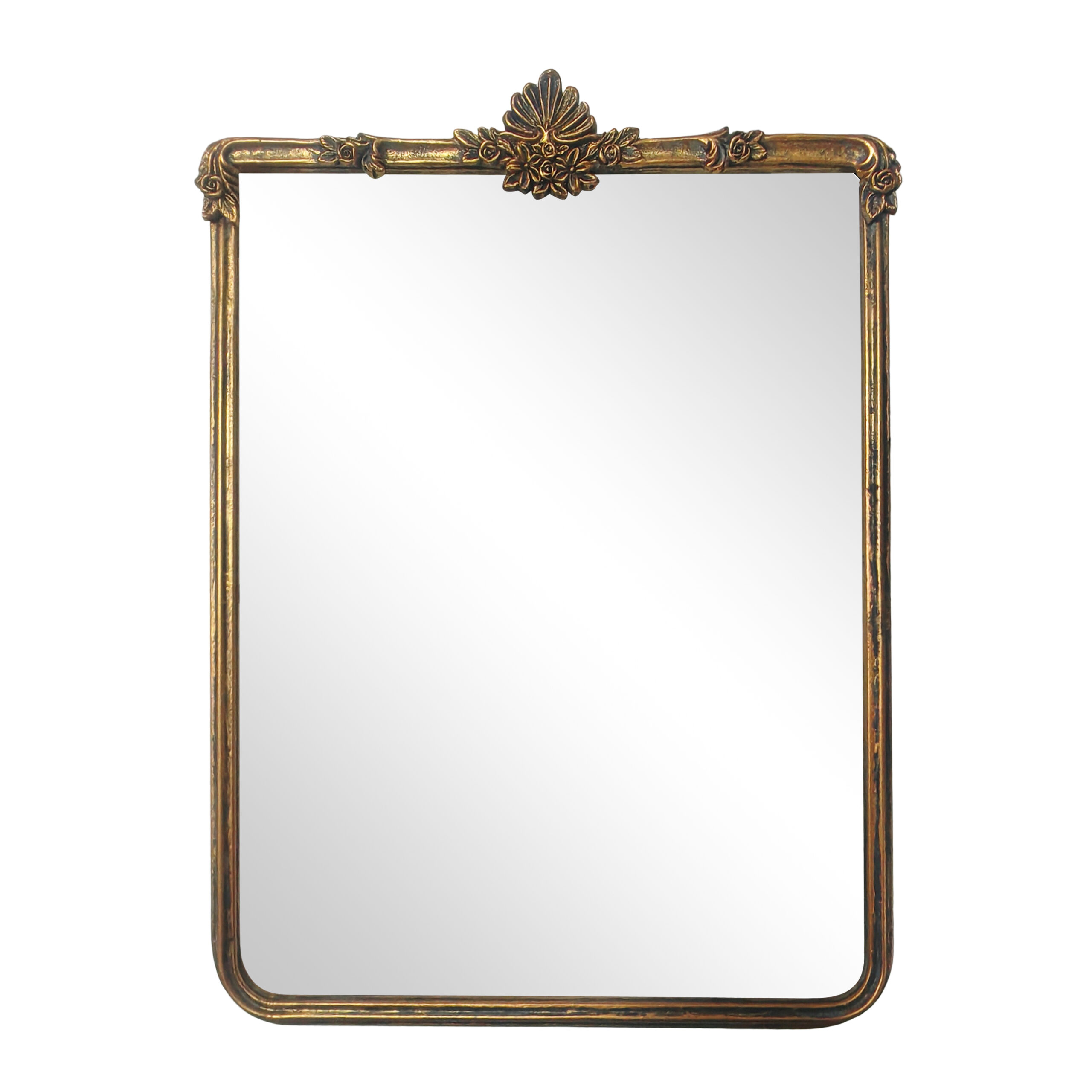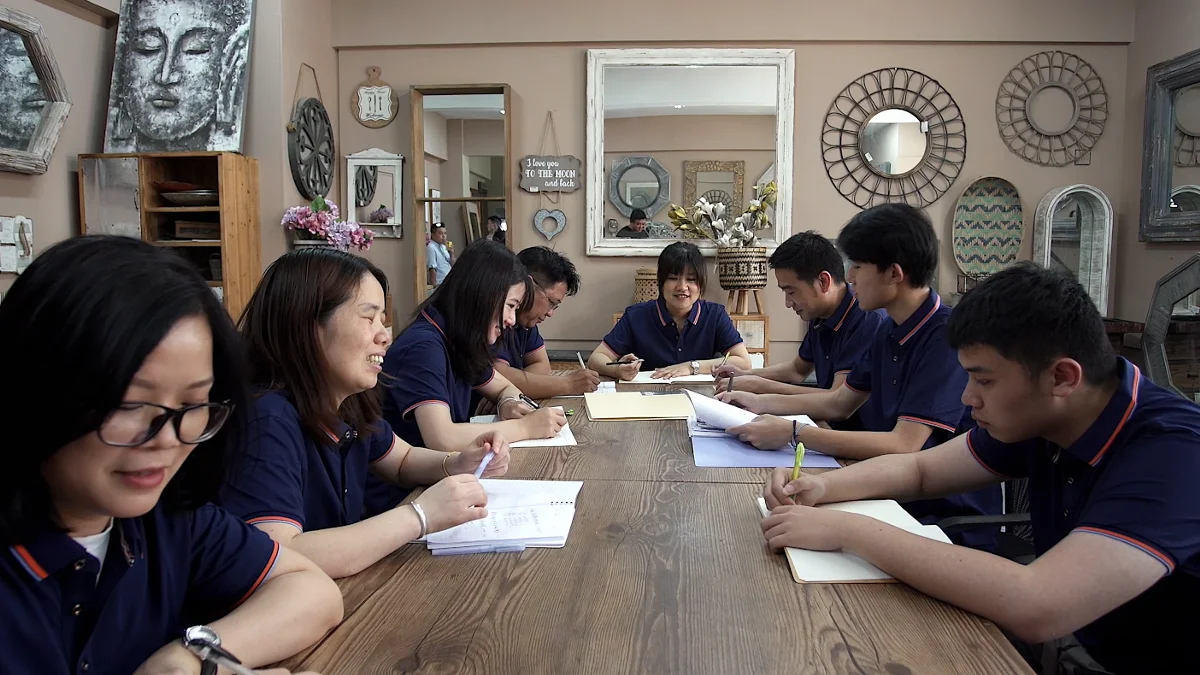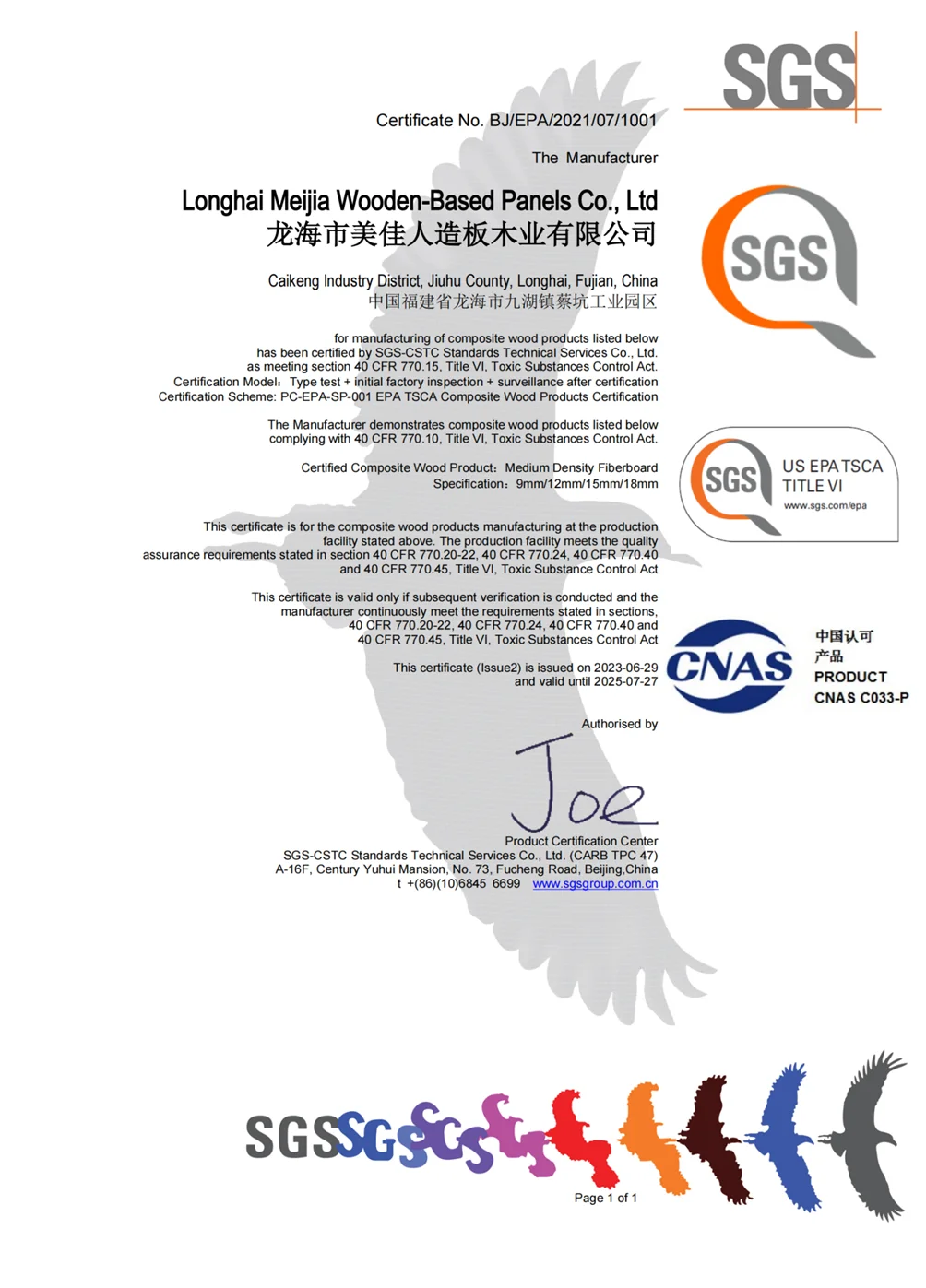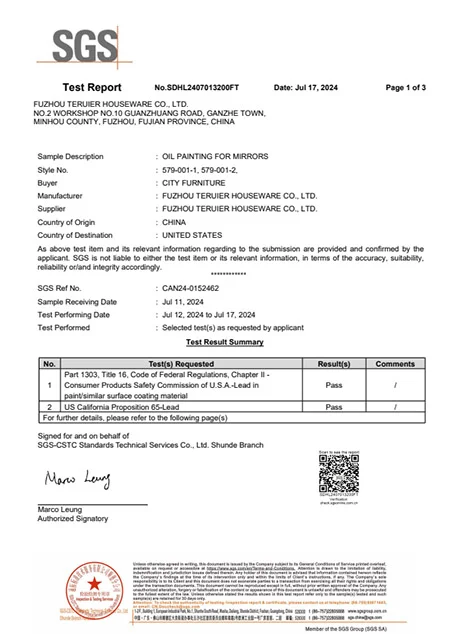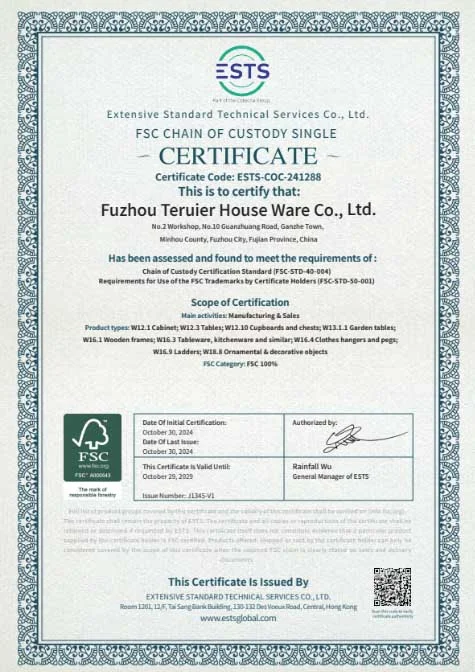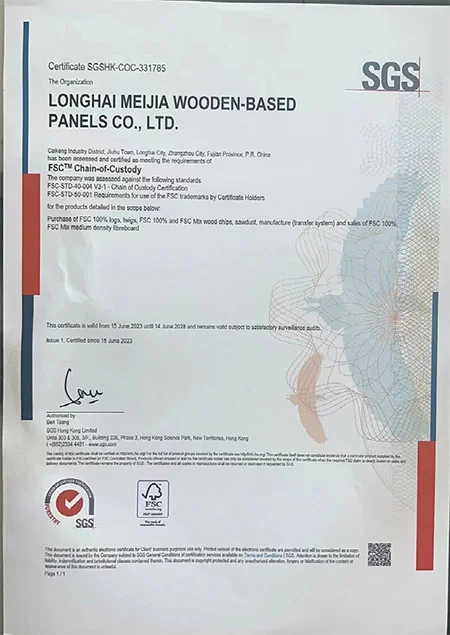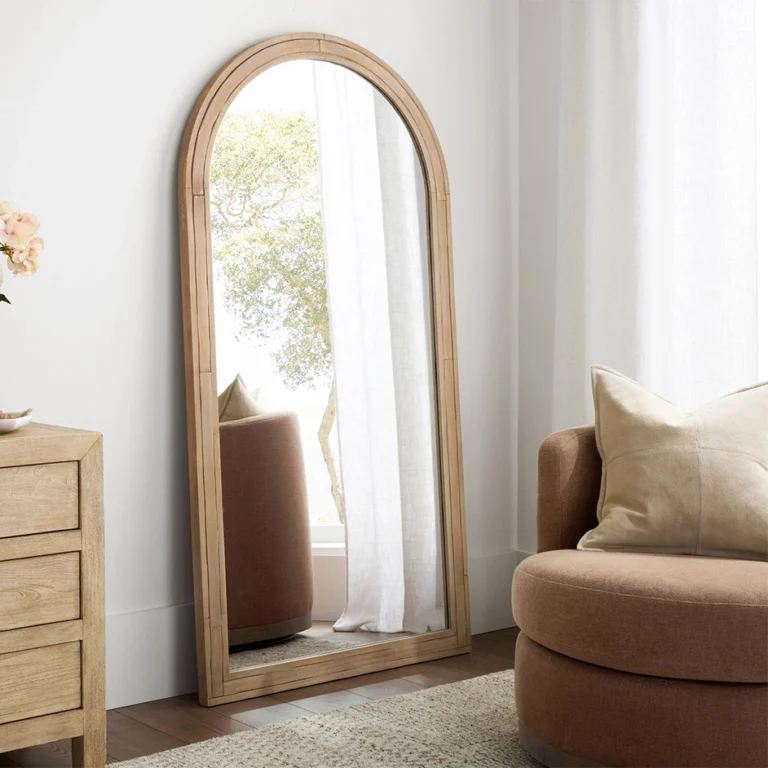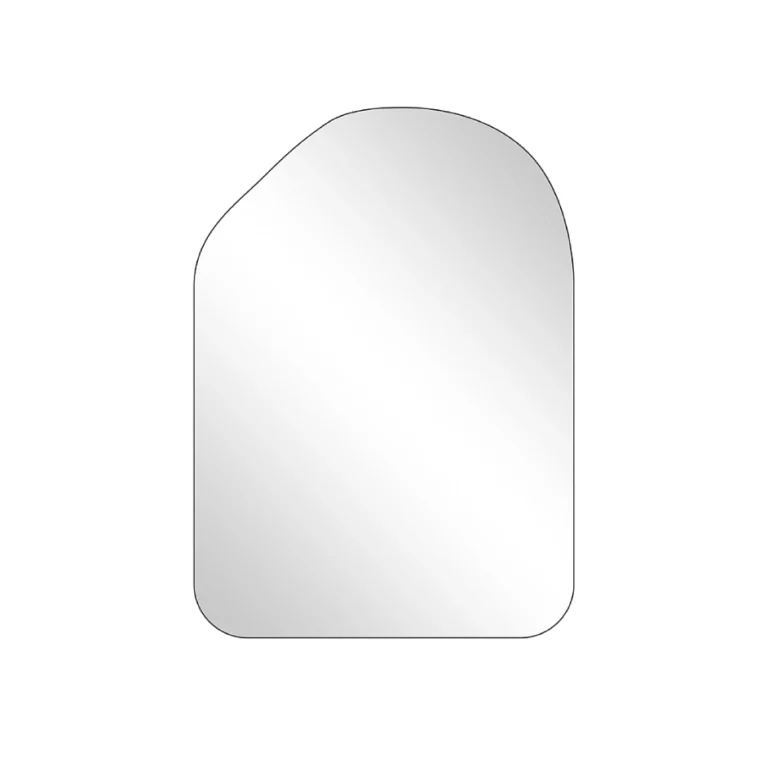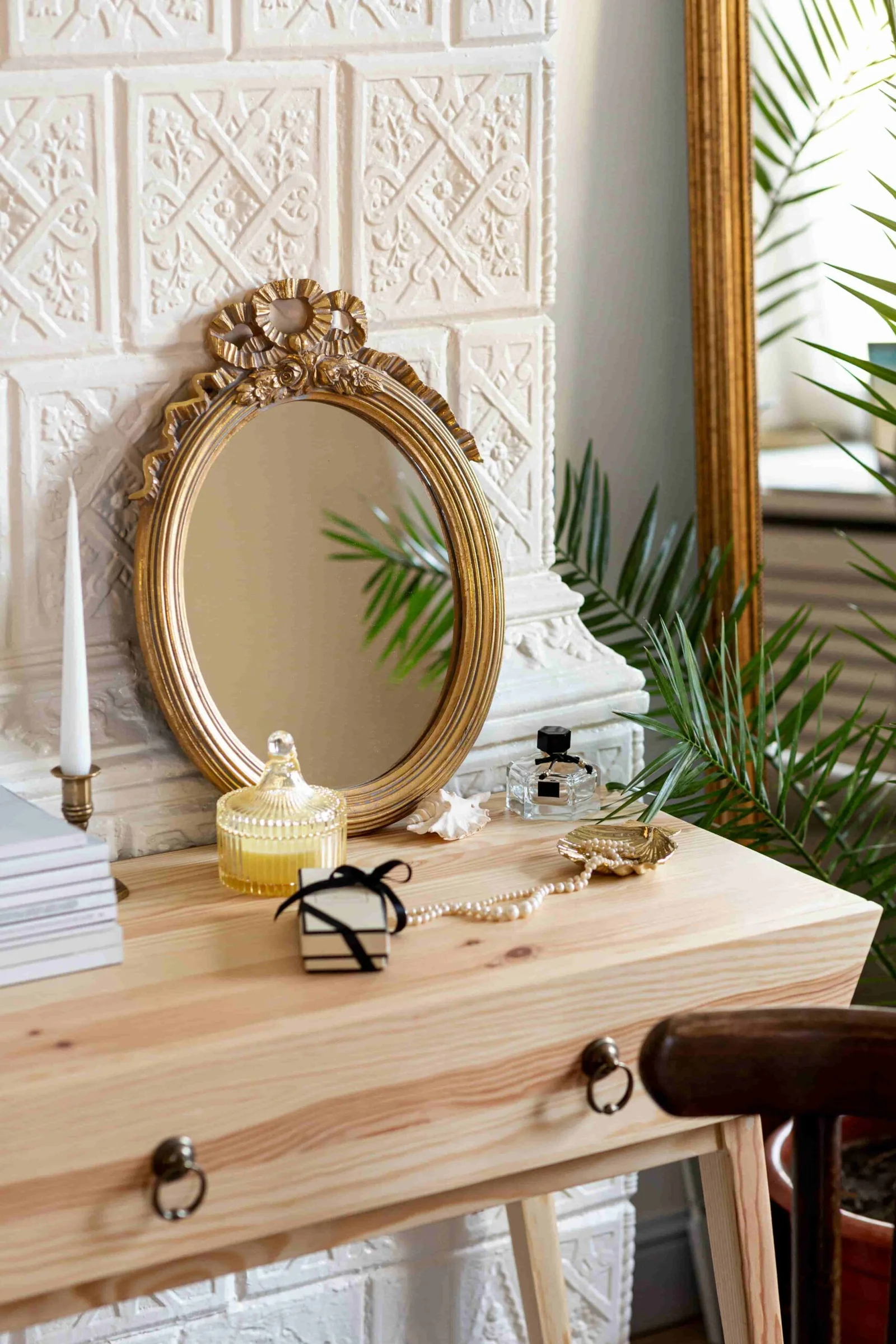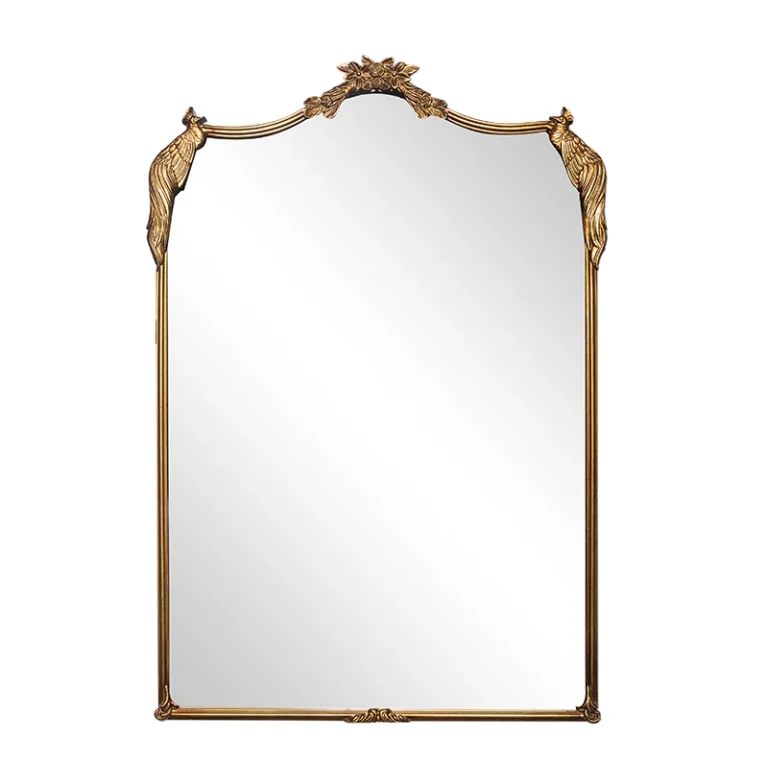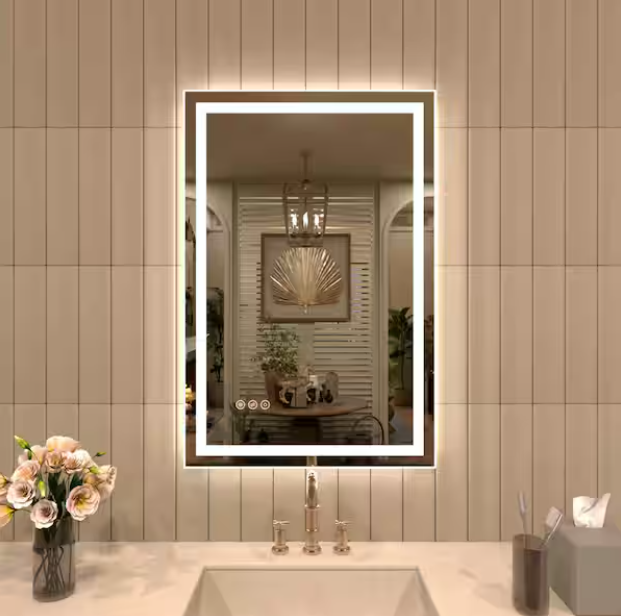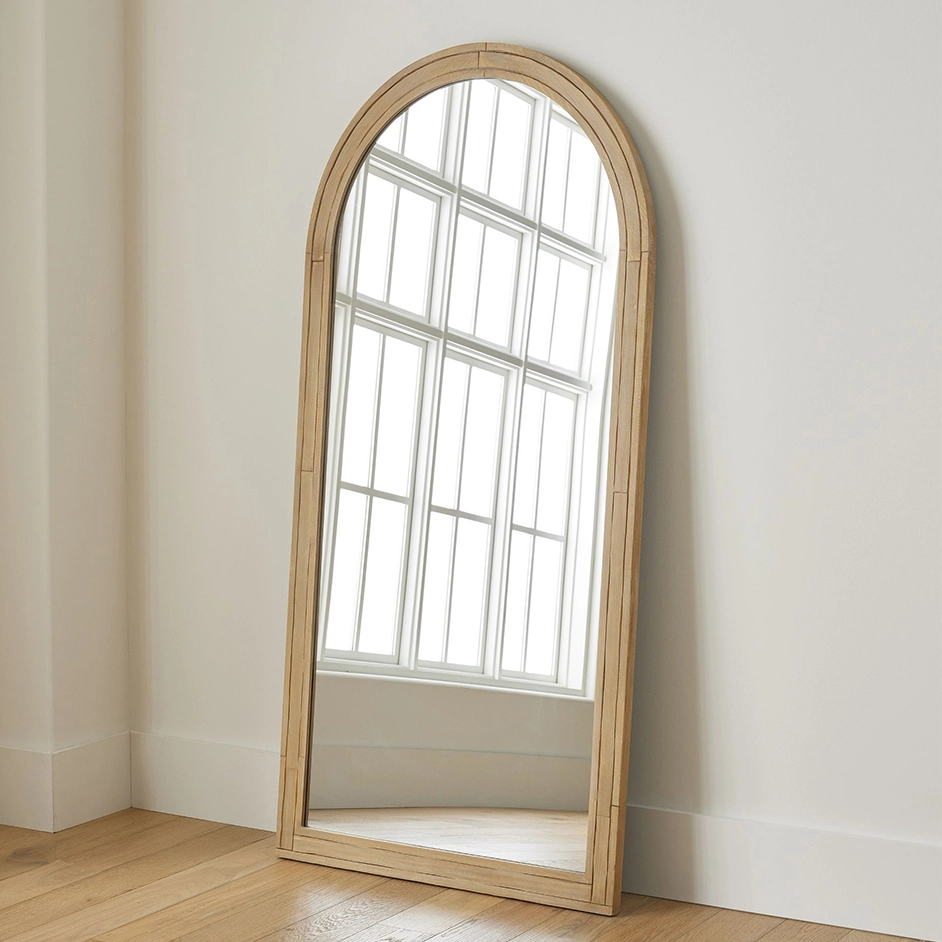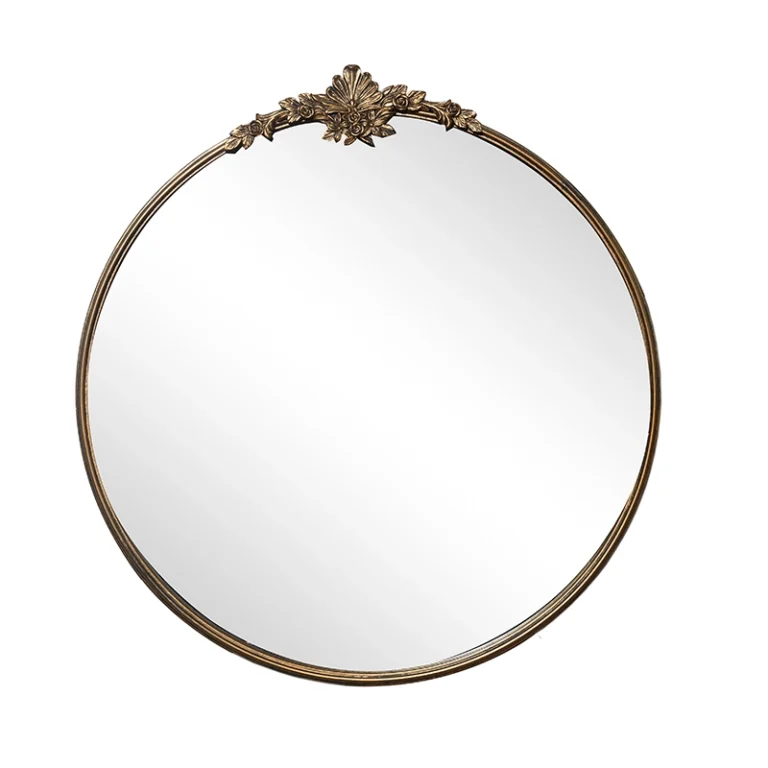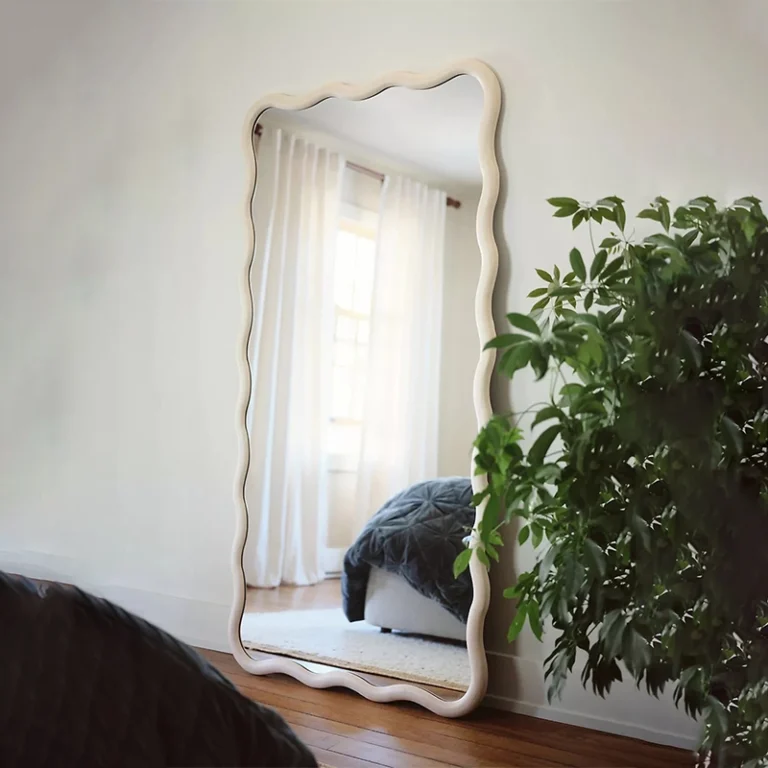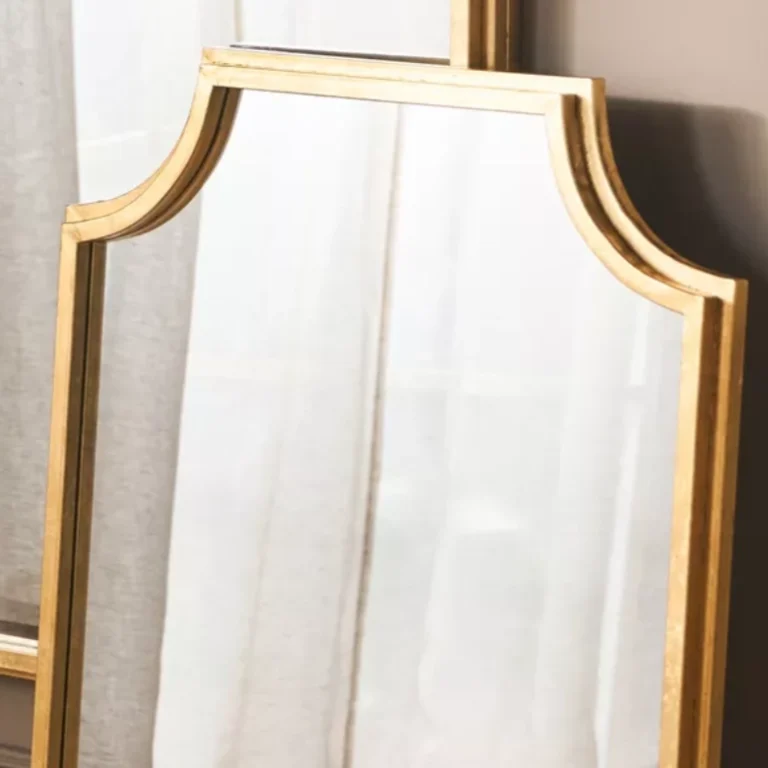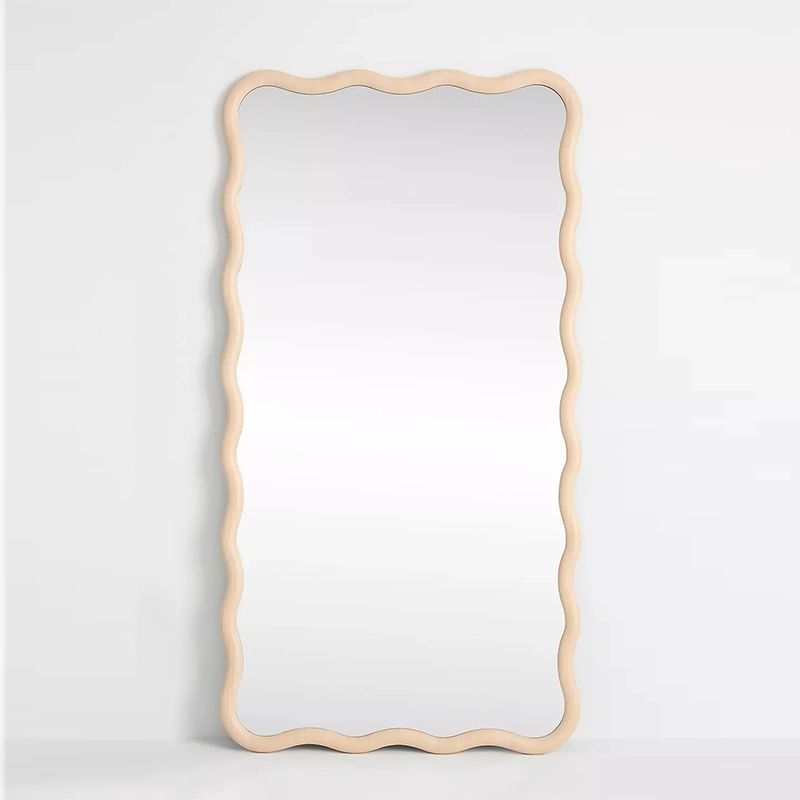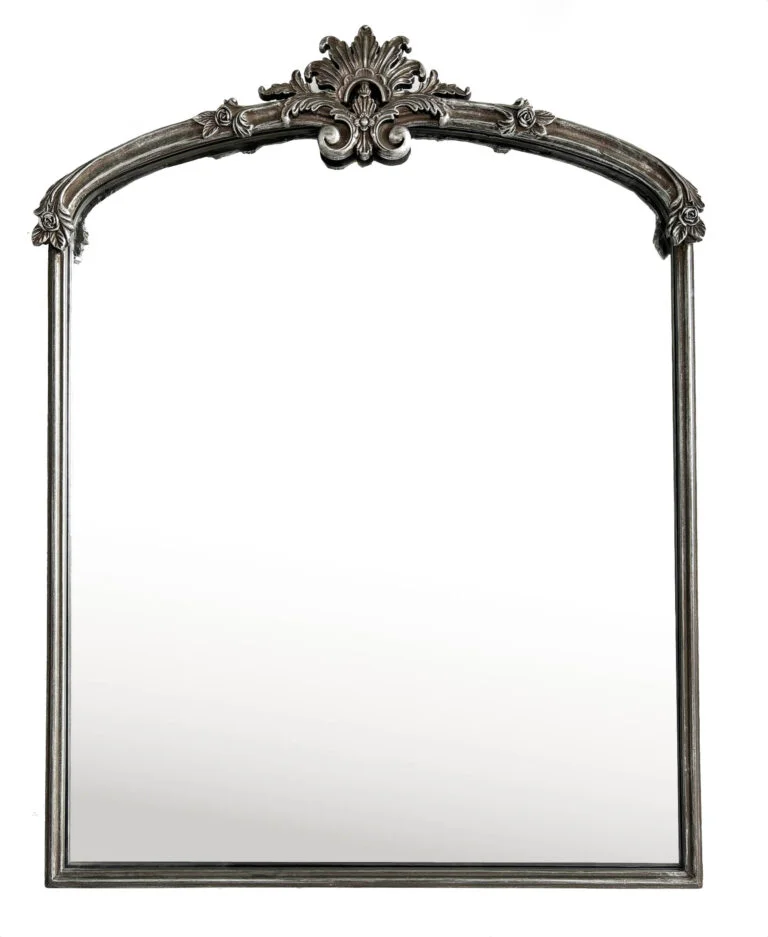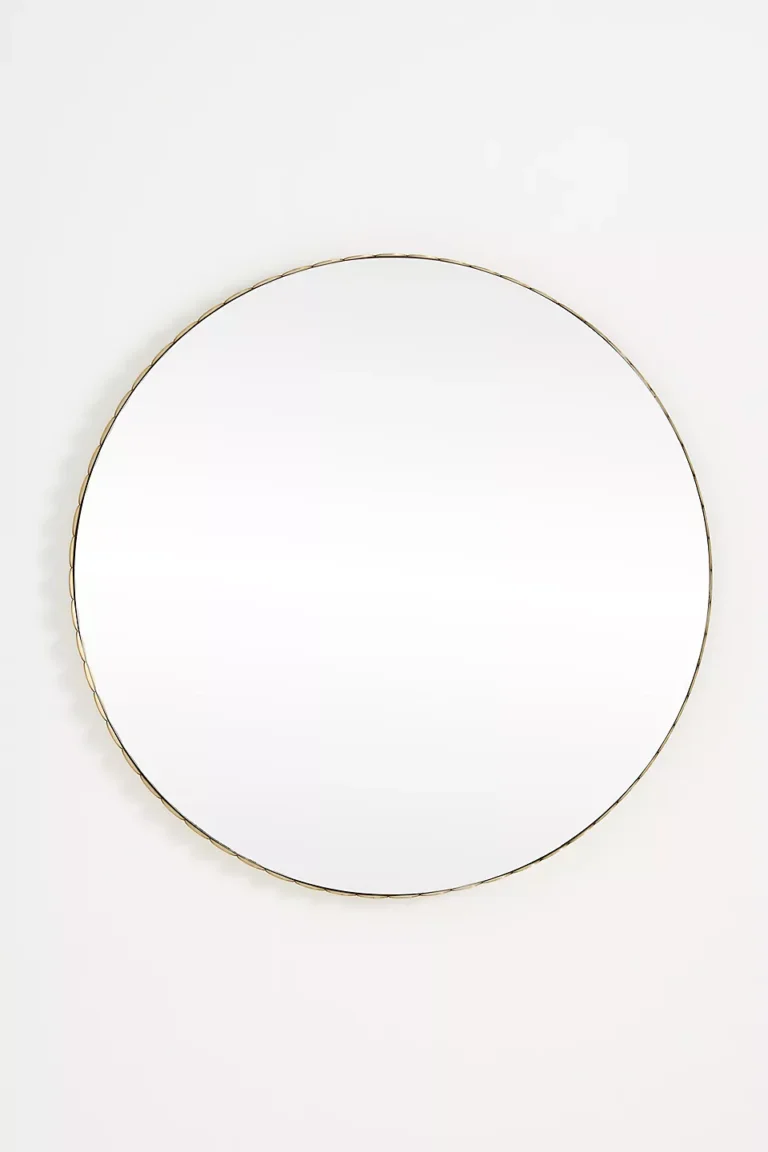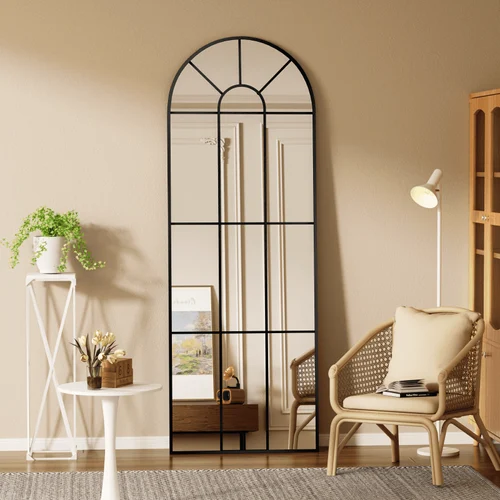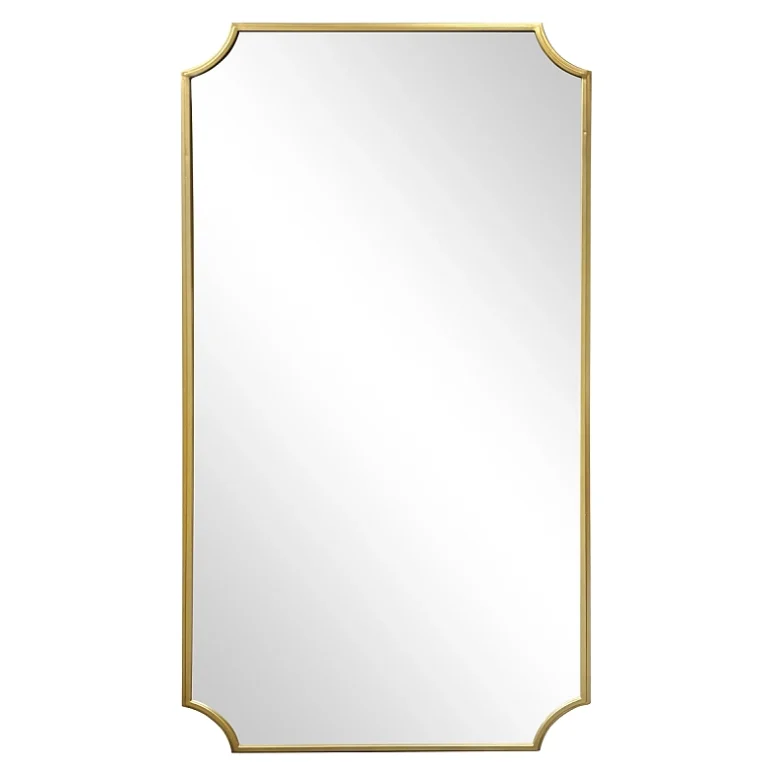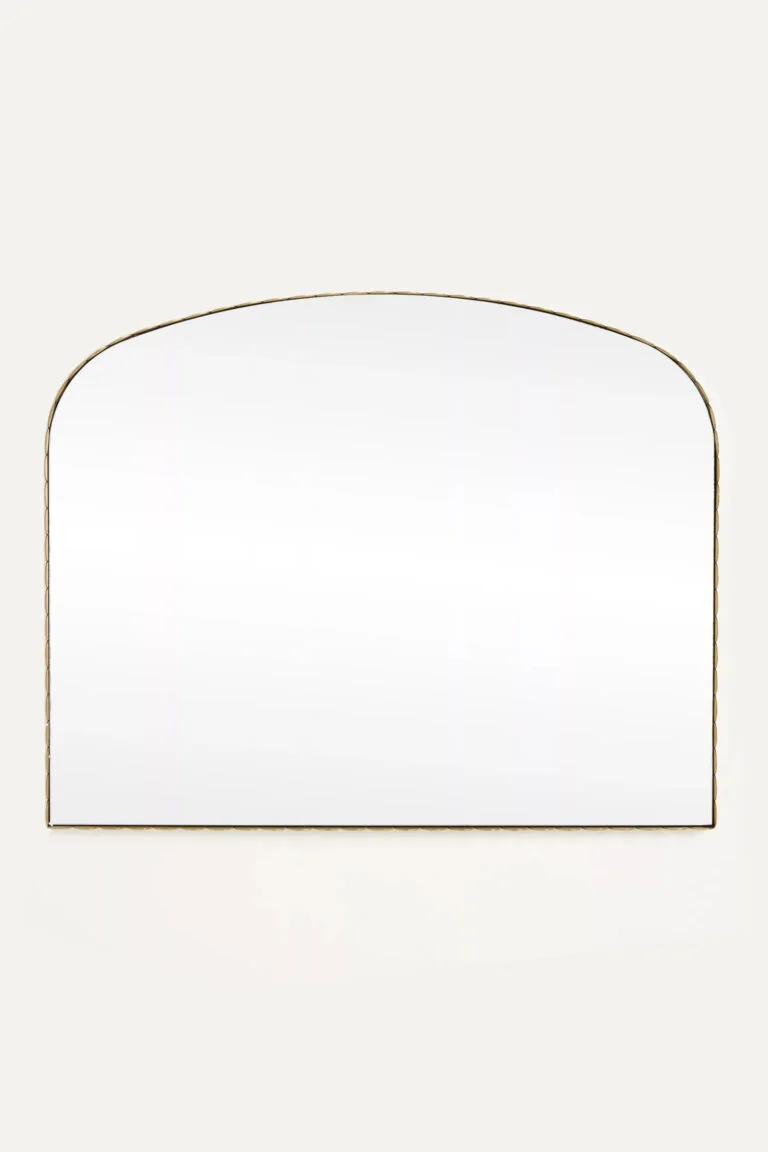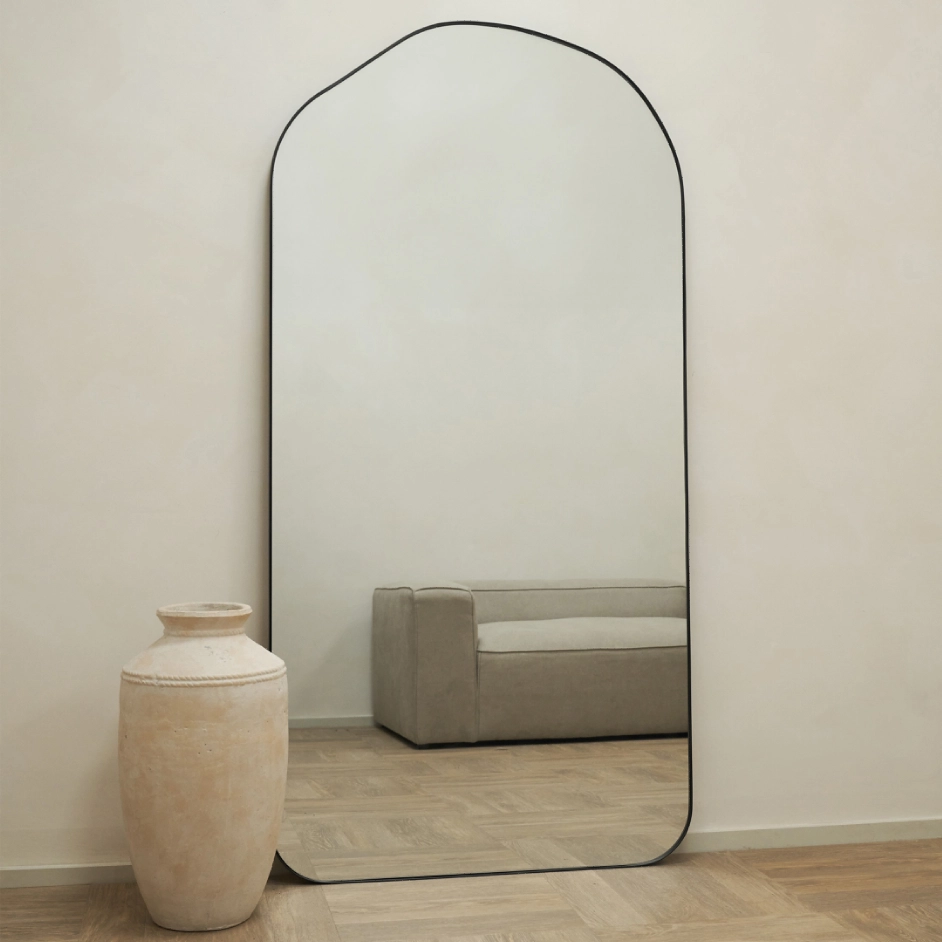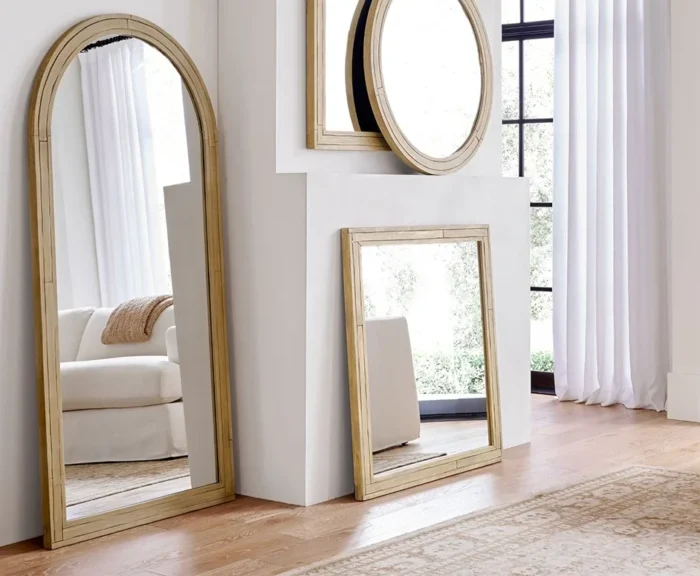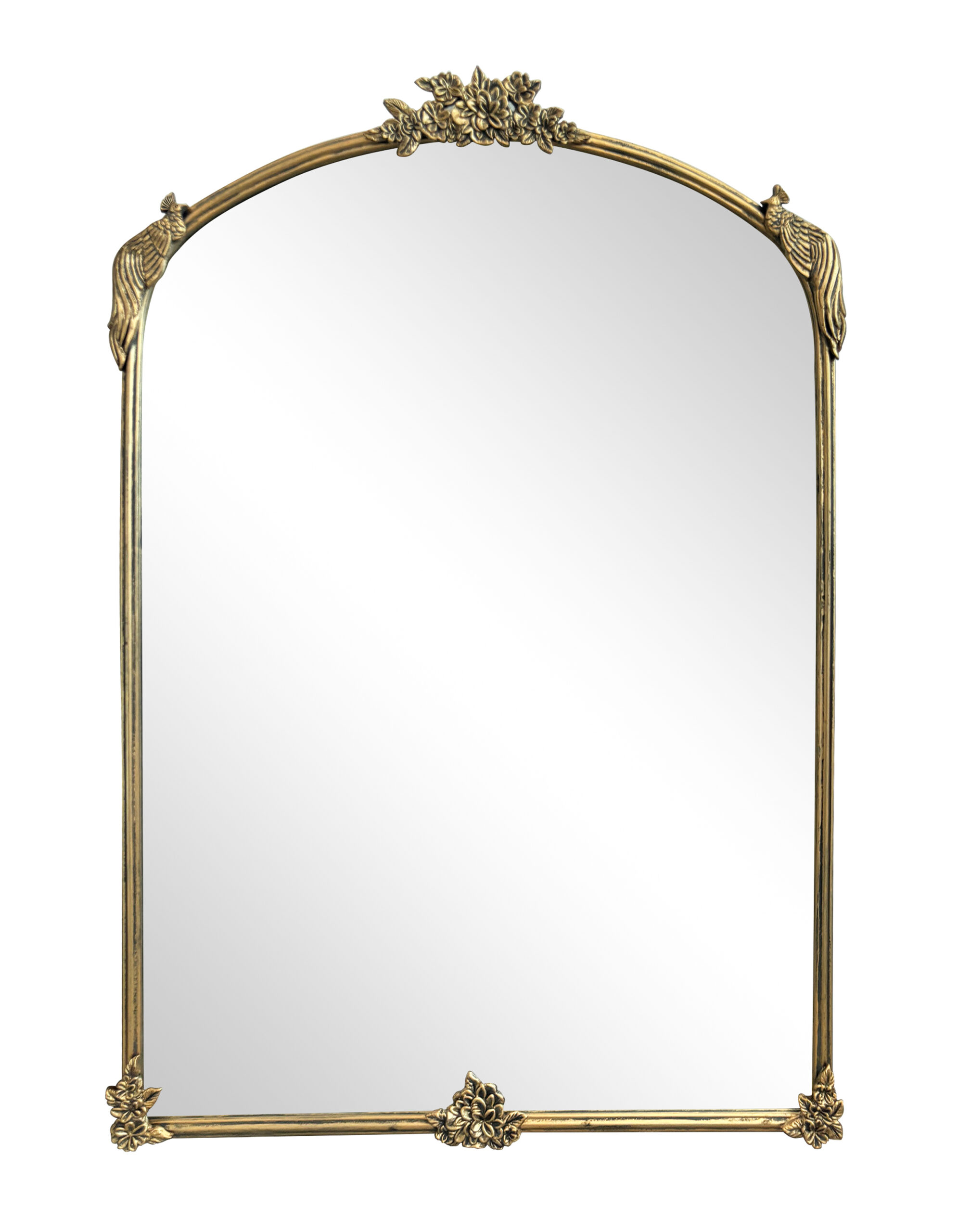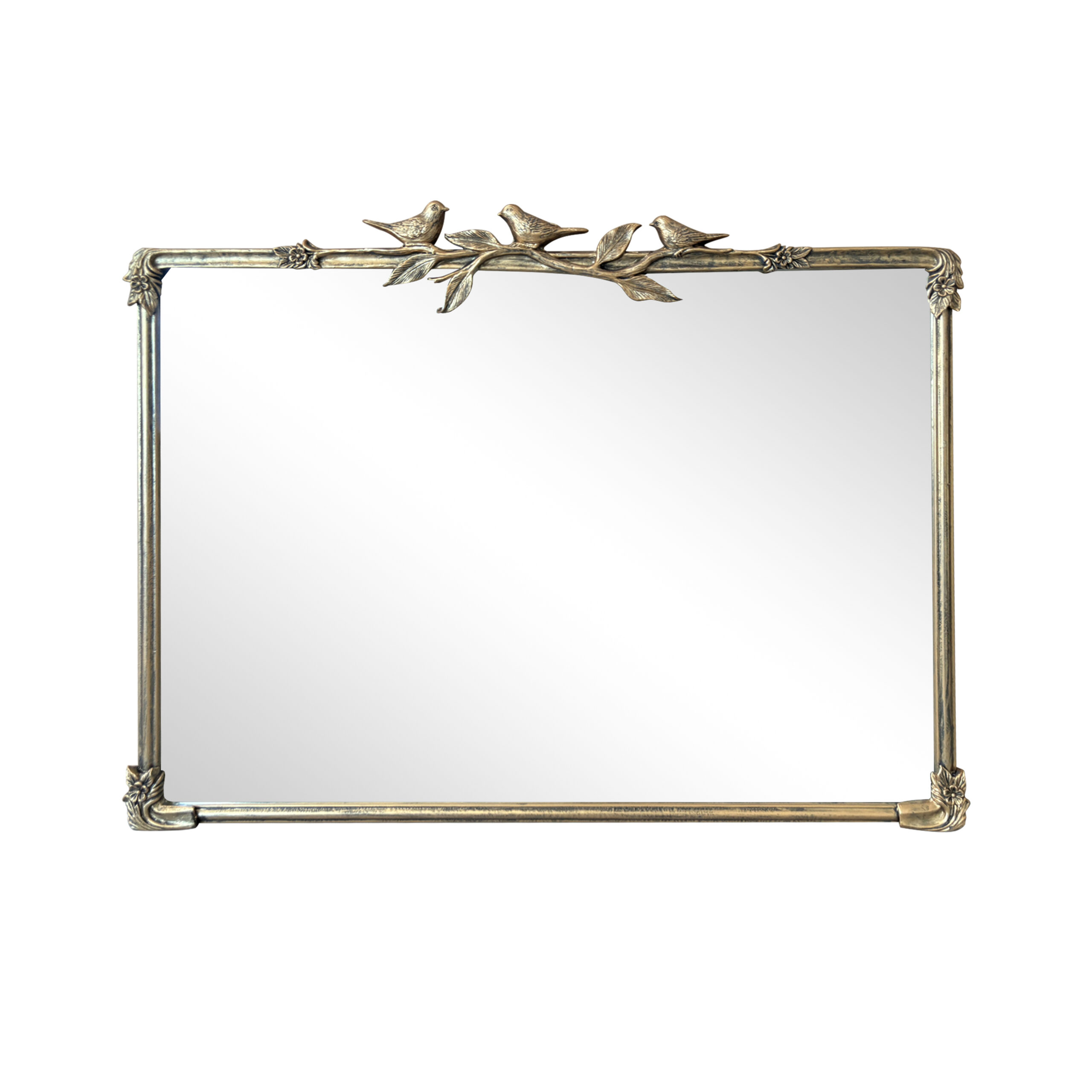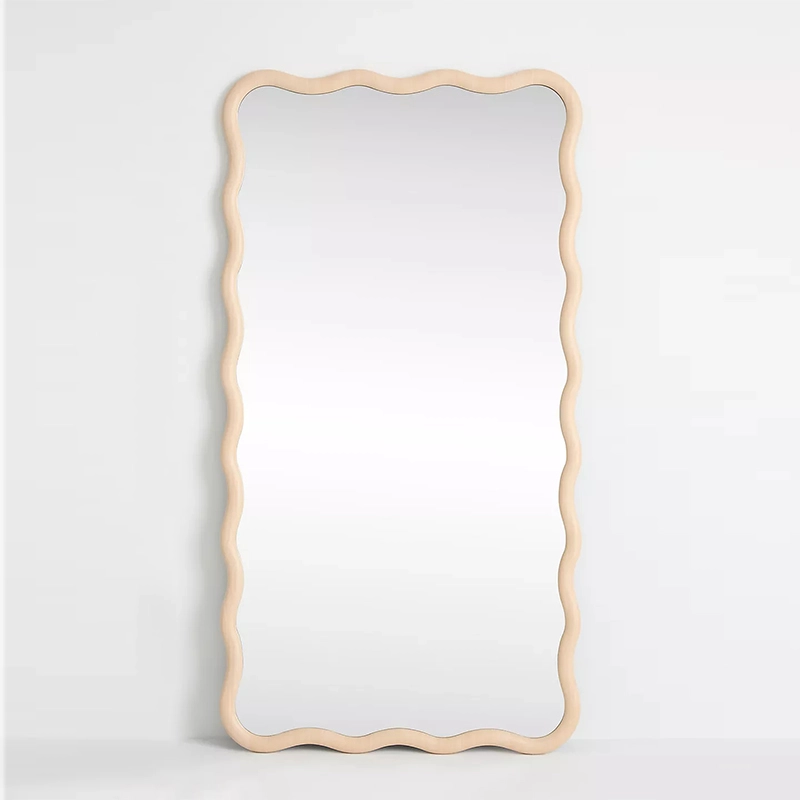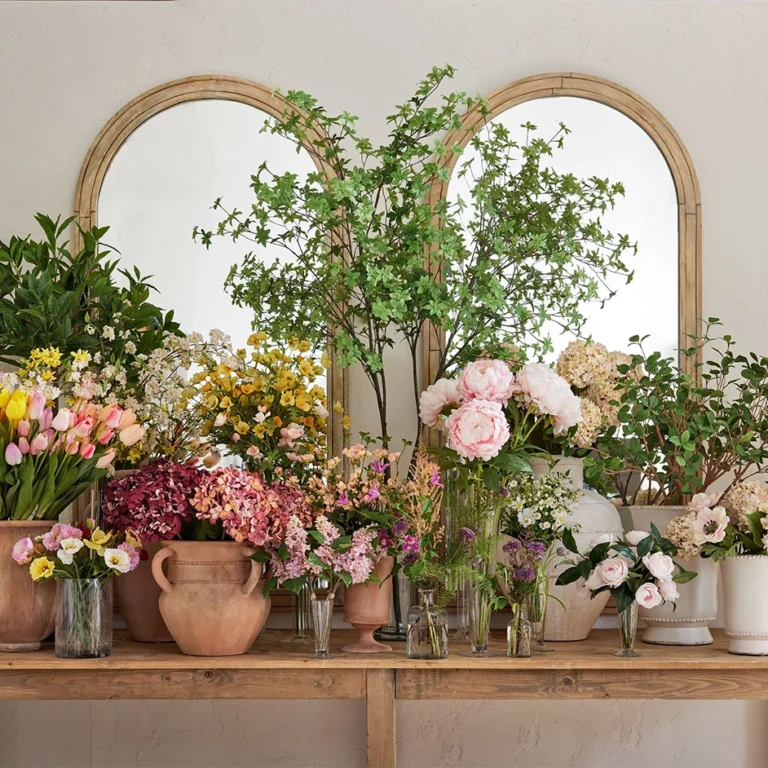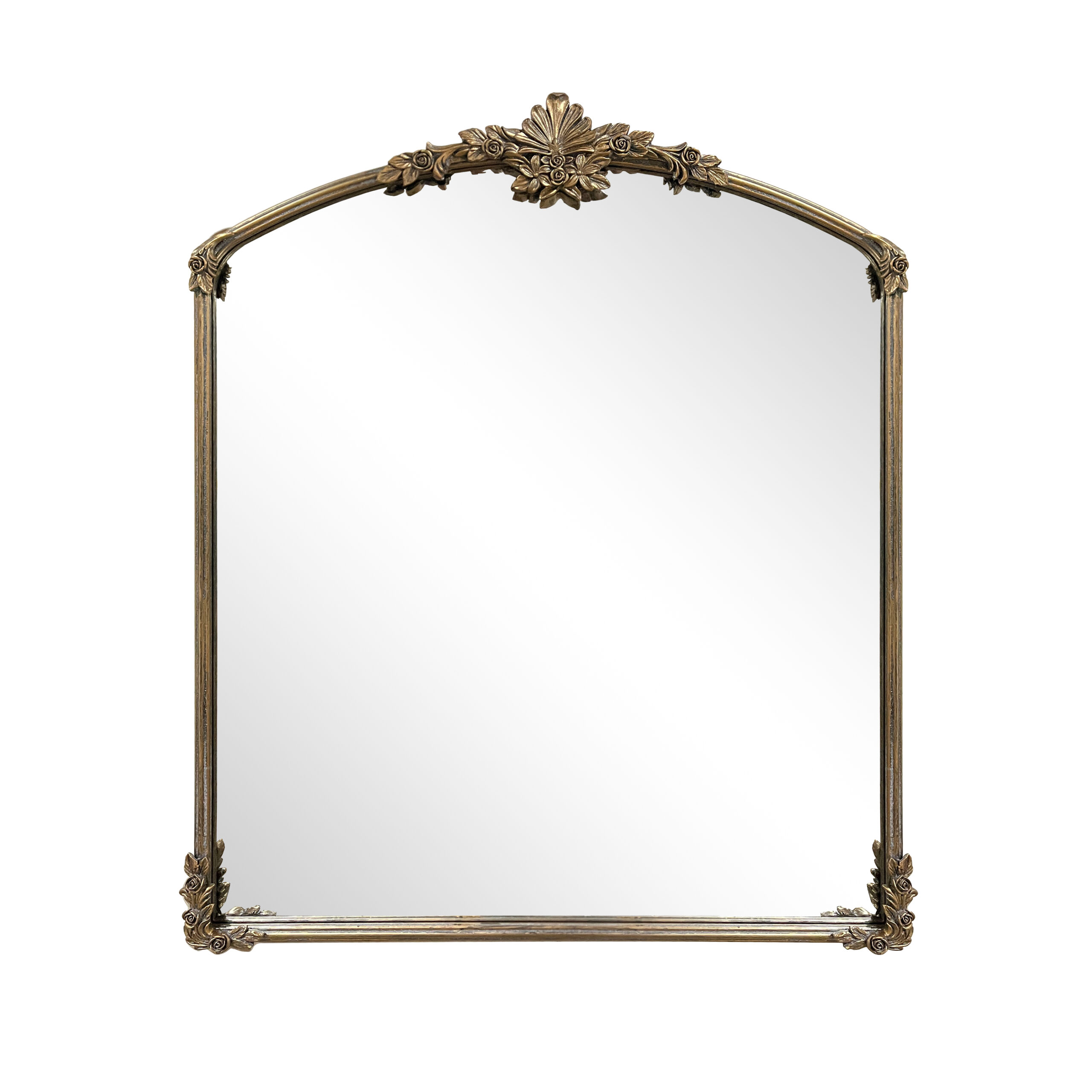Distressed wood coastal mirror
Of course! The term “distressed wood coastal mirror” describes a very popular and specific style. It evokes a sense of relaxed, beachy, weathered charm.
Here’s a comprehensive breakdown of what it is, its key characteristics, where to use it, and how to get one.
What is a Distressed Wood Coastal Mirror?
It’s a mirror where the frame is made from wood that has been intentionally aged and weathered to look like it was salvaged from a seaside structure—like an old boat, dock, or beach cottage. The “coastal” element is defined by the finish, color, and often the shape of the frame.
It’s a key piece in Coastal, Cottage, Hamptons, and Farmhouse interior design styles.
Key Characteristics & Design Elements
-
The Wood & Distressing:
-
Weathered Finish: The wood looks sun-bleached, wind-worn, and slightly eroded.
-
Visible Texture: You can often see the wood grain, knots, and cracks.
-
Distressing Techniques: This includes:
-
Chipped Paint: Layers of paint are shown, with the top layer chipped away to reveal a different color underneath (e.g., white chipping to reveal gray or blue).
-
Worn Edges: The edges and corners are sanded down to look rounded and smooth from years of use.
-
Dents and Gouges: Intentional markings that suggest a long, hard life near the water.
-
-
-
Color Palette: The colors are inspired by the beach and ocean.
-
Whites & Creams: Weathered, chalky whites that mimic sun-bleached driftwood.
-
Soft Grays: The color of weathered cedar shingles or wet sand.
-
Seafoam Greens & Aquas: Faded, washed-out versions of these colors.
-
Navy Blue: Often used as an accent color peeking through chipped white paint.
-
-
Frame Style:
-
Rustic & Chunky: Often made from thicker, reclaimed-looking wood planks.
-
Thin & Sleek: Sometimes the frame is made from thinner, barn-wood style slats for a more refined look.
-
Rope Accents: Some mirrors incorporate nautical rope either wrapped around the frame or used to hang the mirror.
-
-
Mirror Glass:
-
Often beveled to add a touch of elegance and reflect light.
-
Sometimes antiqued or distressed itself with a subtle, speckled, dark-gray finish to reduce reflectivity and enhance the vintage feel.
-
Can be a single pane or constructed from multiple smaller panes (like a window).
-
-
Shapes:
-
Round: Very common, mimicking a porthole on a ship.
-
Rectangle: The most versatile and common shape.
-
Oval: Offers a softer, more traditional coastal feel.
-
Sunburst: A dramatic choice where the distressed wood forms rays around the mirror.
-
Where to Use It in Your Home
-
Entryway: Creates a welcoming, relaxed first impression.
-
Bathroom: Perfect above a vanity. It adds character and amplifies light in a space that benefits from a spa-like, coastal vibe.
-
Living Room: Above a console table or fireplace to become a focal point.
-
Bedroom: Above a dresser to enhance the light and airy feel of a coastal bedroom.
-
Hallway: To open up a narrow space and add decorative interest.
Where to Buy (Online Examples)
You can find these mirrors at a wide range of retailers:
-
Pottery Barn: A leader in this style. They often have high-quality, classic designs.
-
Ballard Designs: Offers a variety of coastal and distressed mirrors with a sophisticated touch.
-
Wayfair & Joss & Main: Huge selection at various price points. Great for browsing different styles.
-
Anthropologie: For more unique, artistic, and bold interpretations.
-
Etsy: Excellent for finding handmade, one-of-a-kind pieces from artisans.
-
Target & HomeGoods: For affordable, trendy options.
DIY Idea
This is a very popular DIY project because you can create a custom look.
-
Find a Frame: Source an old window, a plain wood mirror, or build a frame from new wood (like pine).
-
Distress It: Use tools (hammers, chains, nails) to create dents and gouges. Sand edges heavily.
-
Paint & Chip:
-
Paint a base coat (e.g., gray or blue). Let dry.
-
Apply a layer of Vaseline or candle wax on edges where you want it to chip.
-
Paint your top coat (e.g., white or cream). Let dry.
-
Sand over the waxed areas; the top coat will easily chip away to reveal the base color.
-
-
Finish: Apply a clear wax or a thin, watered-down whitewash to unify the finish and give it a chalky, weathered look.
-
Assemble: Attach the mirror to your newly created masterpiece.
In short, a distressed wood coastal mirror is a versatile decorative piece that instantly adds texture, light, and a relaxed, vacation-inspired feel to any room.
Generally speaking, our order requirements are as follows: the minimum order quantity (MOQ) for large items is 50 pieces, for regular items it is 100 pieces, for small items it is 500 pieces, and for very small items (such as ceramic decorations) the MOQ is 1,000 pieces. Orders exceeding $100,000 will receive a 5% discount. The delivery timeline is determined based on the specific order quantity and production schedule. Typically, we are able to complete delivery within two months.

